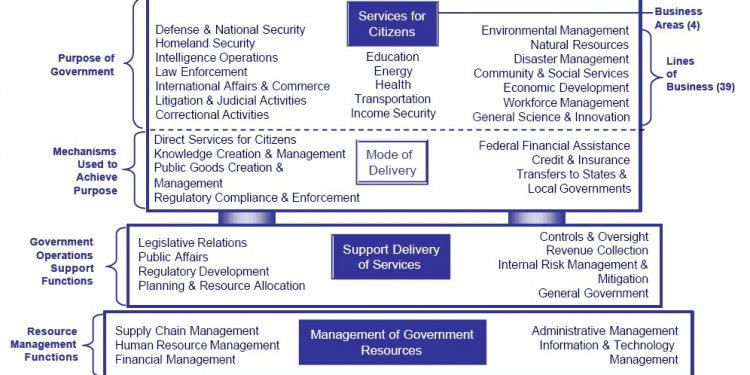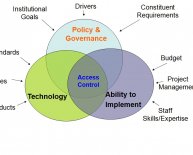
Strategic control Systems definition
Most commentators would agree with the definition of strategic control offered by Schendel and Hofer:
"Strategic control focuses on the dual questions of whether: (1) the strategy is being implemented as planned; and (2) the results produced by the strategy are those intended."
This definition refers to the traditional review and feedback stages which constitutes the last step in the strategic management process. Normative models of the strategic management process have depicted it as including there primary stages: strategy formulation, strategy implementation, and strategy evaluation (control).
Strategy evaluations concerned primarily with traditional controls processes which involves the review and feedback of performance to determine if plans, strategies, and objectives are being achieved, with the resulting information being used to solve problems or take corrective actions.
Recent conceptual contributors to the strategic control literature have argued for anticipatory feedforward controls, that recognize a rapidly changing and uncertain external environment.
Schreyogg and Steinmann (1987) have made a preliminary effort, in developing new system to operate on a continuous basis, checking and critically evaluating assumptions, strategies and results. They refer to strategic control as "the critical evaluation of plans, activities, and results, thereby providing information for the future action".
Schreyogg and Steinmann based on the shortcomings of feedback-control. Two central characteristics if this feedback control is highly questionable for control purposes in strategic management: (a) feedback control is post-action control and (b) standards are taken for granted.
Schreyogg and Steinmann proposed an alternative to the classical feedback model of control: a 3-step model of strategic control which includes premise control, implementation control, and strategic surveillance. Pearce and Robinson extended this model and added a component "special alert control" to deal specifically with low probability, high impact threatening events.
The nature of these four strategic controls is summarized in Figure 6-4. Time ( ) marks the point where strategy formulation starts. Premise control is established at the point in time of initial premising ( ). From here on promise control accompanies all further selective steps of premising in planning and implementing the strategy. The strategic surveillance of emerging events parallels the strategic management process and runs continuously from time ( ) through ( ). When strategy implementation begins ( ), the third control device, implementation control is put into action and run through the end of the planning cycle ( ). Special alert controls are conducted over the entire planning cycle.

















